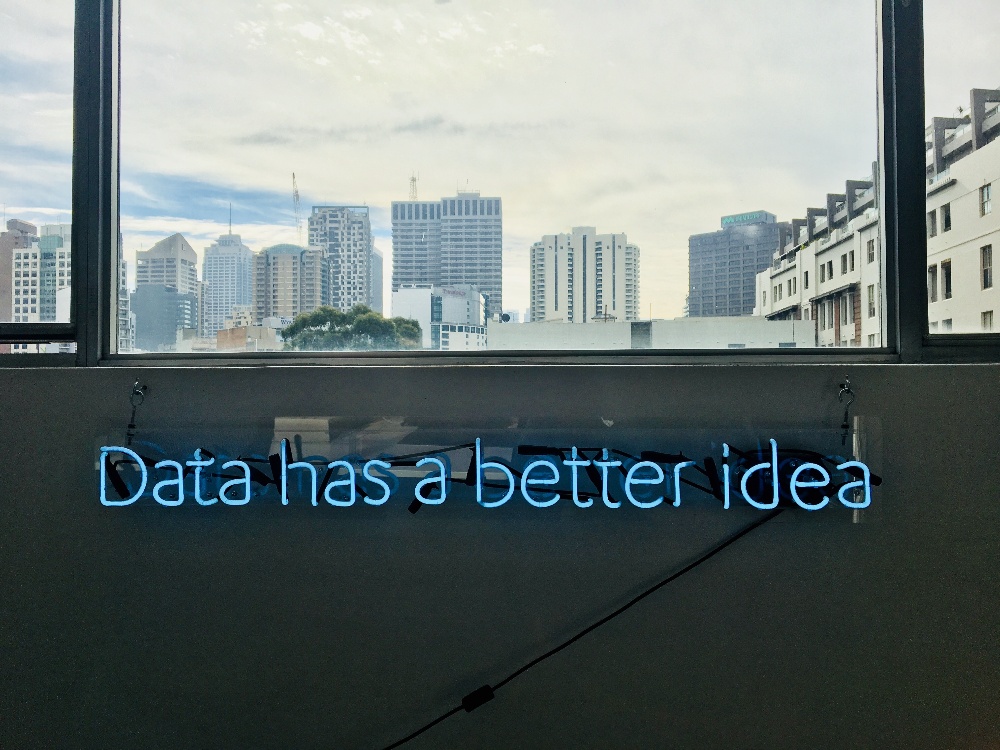How to make the most out of data-driven HR practices
 More than two-thirds of organizations expect to increase the resources they dedicate to talent analytics in the coming years, according to Gartner research.
More than two-thirds of organizations expect to increase the resources they dedicate to talent analytics in the coming years, according to Gartner research.
A number, though, are currently struggling to use the data to inform business decisions — only 12 percent, in fact, have been able to effectively.
Although Deloitte’s 2017 Human Capital Trends report found 71 percent of companies view people analytics as important or very important, just 9 percent felt they possessed a good understanding of which talent facet drives performance in their organization. Only 8 percent said they had useable data.
Analytics can provide valuable insight to help organizations focus their hiring, retention and other talent management efforts; but for talent analytics use to truly have an impact, companies need to have a few key elements in place. Three of the central aspects include:
A well-defined plan to gather information
Companies may find collecting data from various software systems and other tools challenging if they’re fairly separate entities. Ninety-one percent of HR leaders say deficient integration between data systems is a key roadblock that has hampered effective analytics use, according to a 2018 Mercer study.
If you are able to gather data, whether your organization is hoping to pinpoint productivity issues and related staffing needs, profitability improvements or other items, identifying exactly what you’re trying to determine before you start collecting information it is important — or you could end up with a lot of data to sort through that may or may not provide much assistance with any problems you’re trying to solve.
![]()
People who can work with the data
While it’s sometimes overlooked, there is a distinct difference between HR metrics and HR analytics. Metrics refers to the literal pieces of information pulled from various sources — things like the total amount of employee absenteeism days; analytics involve insights that are gleaned after all the information has been assessed.
Organizations can use technological tools to review information and identify patterns. If a company has access to artificial intelligence-based technology, it may be able to pull predictive analytics information that suggests certain outcomes may happen, based on past performance and other factors.
Numerous HR departments, in fact, now use advanced analysis methods like predictive analytics and AI, according to a results from a survey involving 23 countries published in the Harvard Business Review. Eighty-nine percent said their department is highly skilled at using data to determine future workforce talent and other needs, and 94 percent feel they’re able to predict the likelihood of turnover in critical roles with a high degree of confidence and have accurate, real-time insight into their employees’ career development goals.
Automating the entire assessment process, however, isn’t typically possible — at least not yet. Skilled professionals still need to physically review the overall findings to determine what the results could mean for the organization and how the insight might be used. Different analytics specialists may be able to perform the work, depending on what outcomes an organization is seeking. Seventeen percent of professionals who use analytics to address culture and diversity, for instance, have experience that relates to market research and insight, according to a LinkedIn analysis of their profiles; analytics specialists who have more of a workforce planning focus typically possess HR software and business analysis skills. 
Implementation capabilities
Beneficial talent analytics insights can go to waste if an organization lacks an internal structure that can support change. Previous research has shown staff engagement is a crucial component of change management; in addition, companies may want to consider spacing major implementation steps out. Sixty-five percent of organizations experienced change fatigue-related issues when too many directives were introduced at once, according to a report issued by Strategy& online.
For more on data-driven HR practices, view our blog posts on 3 ways big data can help with hiring, transforming talent management with people analytics and innovative ways companies are using AI in recruitment.